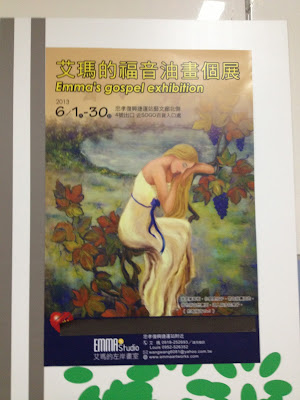Thank you for watching. -S.Y.
The Past
 |
| The Great Kantō Earthquake Photo by: aboutjapan.japansociety.org |
Although Yokohama stands tall as a beautiful port city today, its past is not as glamorous. In 1923, the Great Kantō Earthquake wiped out approximately a fourth of Yokohama's population at the time (140,000 people) and left the city in shambles. Furthermore, minority groups were made scapegoats of this disaster and faced persecution.
The Future
 |
| Minato Mirai 21 'Future Port 21' Photo by: Soohyun Yang |
Since then, the city has been rebuilt into an international port, a crossroad for cultural exchange. Several memorials surround the city to remember the individuals who were impacted, and several more were made in the spirit of looking to the future.
Travel to Yokohama
There are so many beautiful and interesting places to see in Yokohama, but I will just a mention a hand full where I went or would like to have gone.
Yamashita Park
 |
| Yamashita Park Photo by: Soohyun Yang |
Yamashita Park is a 100-meter stretch by the shore. There are beautiful flower gardens and fountains surrounding the area. The summer breeze and pleasant scenery make it an ideal resting point while exploring Yokohama.
"Seabass"
 |
| Photo by: Soohyun Yang |
The "Seabass" is a boat that can take you to a few different locations in Yokohama. The starting point is Bay Quarters (right by Yokohama station) and the furthest point is Yamashita Park (700¥ or a little over $7). You can take a lot of amazing pictures and it's a good general overview of the city before hitting the busy streets.
Sky Garden in Landmark Tower
 |
| Photo by: Soohyun Yang |
The Landmark Tower is the tallest building (although not structure) in Japan. It costs 1000¥ (~$10), but it's the best view of the city. I recommend that you go at night because all the lights give the city a magnificent glow. You can also take pictures that make you look like you're falling like me ;)
I would love to have gone to the Ramen Museum and the Red Brick Warehouse. The Red Brick Warehouse is a historical building that holds events and has several shops inside.
Soohyun Yang
B.A. International Economics and Japanese Language and Literature 2014
Sigur Center 2013 Japanese Language Fellow
Sendagaya Japanese Institute, Japan














